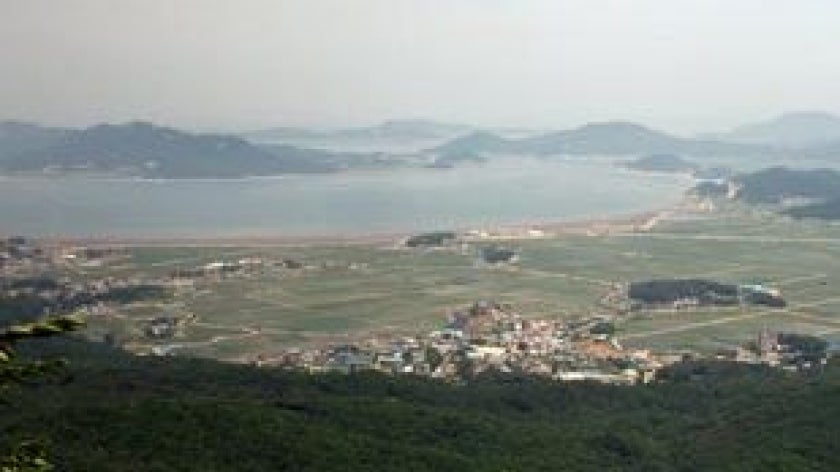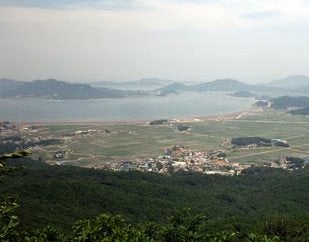
Historic Deal to Safeguard Yellow Sea is Made

With assistance from the United Nations Development Programme (UNDP) and the Global Environment Facility (GEF), the governments of China and the Republic of Korea, which share the shallow body of water blighted by agricultural waste, overfishing, and unsustainable marine farming, have set up a program of transboundary measures to protect fisheries and endangered species, improve water quality and sustain local livelihoods.
Fishing pressure on the Sea has increased seven-fold over the last 20 years leading to severe depletion of several species like yellow croaker and hairtail. An estimated 40 percent of coastal wetlands have been lost to reclamation. Some coastal cities discharge untreated sewage directly into the sea.
“A critical first step for the restoration of the Yellow Sea ecosystem was to bring the governments together and facilitate joint collection of data that could inform integrated management across borders,” said Andrew Hudson, leader of the Water and Ocean Governance Programme at UNDP that has supported the initiative with GEF since the 1990s.
In 2009, the two countries agreed to commit US$3.6 billion to reduce fishing by up to one third by 2020, through a decrease in the number of fishing boats, banning fishing in certain areas and seasons, and monitoring and assessing changes in fish stocks.
The countries also agreed to contribute US$5.6 billion to reduction of nutrient discharges to the Yellow Sea by 10 percent every five years through enhanced wastewater treatment, lower levels of fertilizer use and industrial outflows.
Both countries have committed to conserve the sea’s biodiversity, with a contribution of US$1.5 billion, through establishment of a regional network of Marine Protected Areas and involvement of civil society organizations.
In total, the initial UNDP/GEF contribution of $14.3 million has leveraged more than $10 billion in investments and other actions for the Sea, one of the world’s most densely populated marine drainage basins, its name deriving from the sand particles brought by rivers and storms from Gobi Desert.
"The tremendous financial commitments to sustainable fisheries and pollution reduction by China and the Republic of Korea underscore the effectiveness of UNDP/GEF’s approach of assisting countries in the joint prioritization of threats, governance reform, and identification of investment needs to restore shared marine ecosystems like the Yellow Sea”, added Hudson.
UNDP/GEF’s Yellow Sea initiative builds on other successful international waters management programs such as the Danube River/Black Sea program (1991-2007) which restored the river basin ecosystem and eliminated a dead zone in the Black Sea.
Text courtesy of UNDP